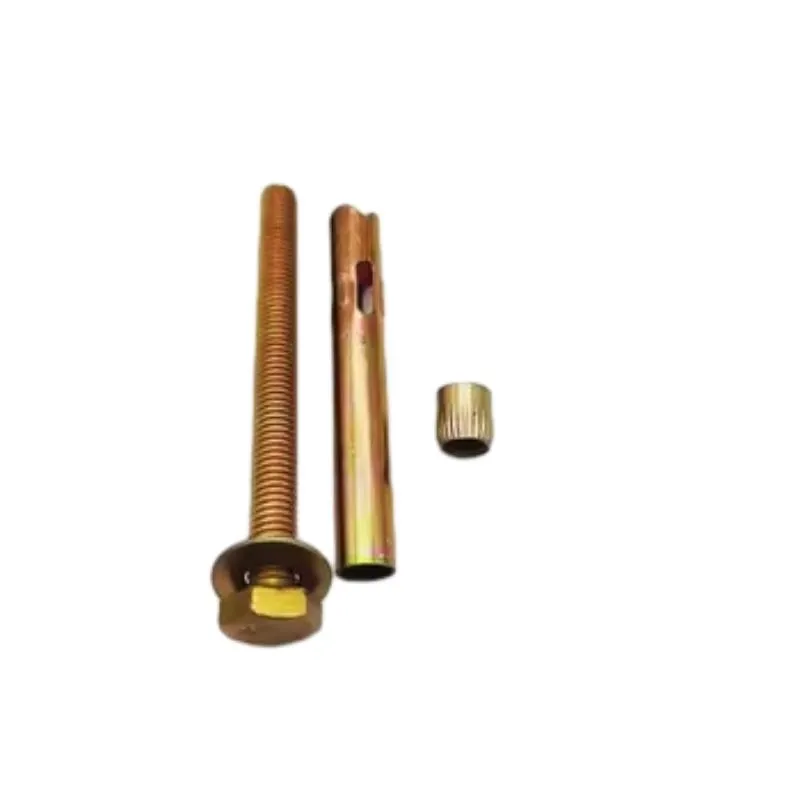Nov . 14, 2024 22:18 Back to list
metric hex head sizes
Understanding Metric Hex Head Sizes A Comprehensive Guide
When it comes to fastening techniques in various industries, hex head screws and bolts are among the most commonly used types. Their robust design and ability to withstand various stresses make them indispensable in construction, mechanical engineering, and automotive applications. However, like many tools and components, understanding the specifications—particularly metric hex head sizes—can be daunting. This article aims to demystify metric hex head sizes and their significance in industrial applications.
What is a Hex Head?
A hex head, defined by its six-sided shape, is designed to provide a better grip for tools like wrenches and socket drivers. Hex head fasteners are typically made from various materials, including steel, brass, and alloy, and are available in both metric and imperial sizes. Their design allows for efficient torque transmission, making them suitable for applications needing tight fastening.
Metric vs. Imperial
The metric system is the standard for measurements in most parts of the world, while the imperial system is prevalent in countries like the United States. Understanding the difference between metric and imperial measurements is crucial for proper usage. For instance, while an imperial hex head bolt may have a size designation such as 1/4 or 5/16, a metric hex head bolt is denoted in millimeters, such as M6 or M10.
Common Metric Hex Head Sizes
Metric hex head sizes can vary significantly based on the application. They are classified according to the diameter of the shank and the length of the screw or bolt. Common metric sizes include
- M3 This size has a nominal diameter of 3mm and is typically used for light applications, such as electronics and small machinery. - M4 With a 4mm diameter, M4 bolts are often used in furniture assembly and light automotive parts. - M5 This versatile size (5mm diameter) frequently appears in general-purpose applications, from household items to automotive industries. - M6 to M12 These sizes are more robust and designed for heavier applications, including structural components and machinery.
metric hex head sizes

Why Size Matters
Understanding the correct hex head size is essential for several reasons
1. Safety Using the wrong size can lead to improper fastening, which could cause structural failures and accidents. 2. Efficiency A proper fit ensures that tools can grip securely, facilitating easier installation and removal. This saves time and reduces wear on the fastener and tool.
3. Compatibility Industries often require specific measurements to ensure components fit together. Knowing the metric sizes ensures that replacements can be easily sourced.
Measuring Hex Head Sizes
To measure a hex head accurately, one needs to determine both the width across the flat (WAF) and the bolt's diameter. The WAF is crucial as it dictates which tool will fit the bolt properly, thus helping in tightening or loosening.
Conclusion
When working with metric hex head sizes, understanding the differences and applications of various sizes can significantly impact both safety and efficiency. The metric system offers precise measurements that aid in global compatibility and standardization. As industries continue to evolve and embrace more standardized practices, being well-versed in metric hex head sizes will prove invaluable. Proper knowledge not only ensures successful fastening techniques but also fosters higher productivity in any mechanical or engineering task. Whether you’re a DIY enthusiast or a professional tradesperson, mastering the usages of metric hex head sizes will facilitate a smoother and safer working environment.


